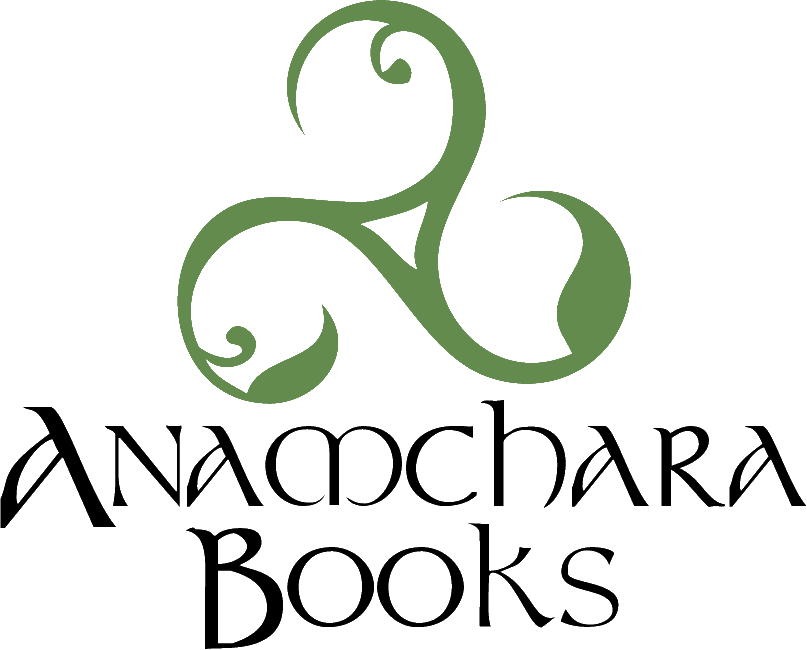Best Wishes at Samhain! by Bill Palmer
/It seems simple enough. “Hallowe’en” (and I’ll use the traditional spelling here) is a contraction of “All Hallows Eve.” It is the evening before “All Hallows Day” (hallow meaning holy) which is ye olde English name for All Saints Day, the first of November, when the holy dead in Heaven are commemorated by the Church. Hallowe’en begins a short cycle of Holy Days which ends on November second with prayers for the not-so-holy dead, the poor souls in Purgatory as my Irish grandmother referred to them, on All Souls Day. Thus I was taught by the Sisters of Saint Dominic in my suburban parochial school fifty years ago. Hallowe’en was Catholic. It was, even better; it was Irish Catholic!
Source: Pinterest
In fact it was Irish Catholic immigrants who brought much of the legend and lore of Hallowe’en to Protestant America in the early 19th century. But Hallowe’en is far older than All Saints Day and far older, even, than Catholicism.
Deep in the DNA of Hallowe’en is the Festival of Samhain. Among the ancient Celtic peoples of Britain and Ireland Samhain marked the turning point of the Natural Year. The name itself means “Summer’s End.” The days are already noticeably short and the nights long, frosty, and dark. Winter is coming. In Ireland, much of it too wet and cold and boggy for large-scale agriculture, dairy farming was an essential subsistence economy. It was at Samhain, at the first of November, that the herds were brought down from their summer pastures in the highlands. At the strongholds of their Kings, the people gathered together to claim their stock. Weapons were banned and a general peace was declared at Samhain. Cows and sheep and pigs that could not be supported through the Winter were ritually slaughtered. Vats of beer were brewed. There was feasting. There was a distribution of resources in preparation for the lean months ahead, a sharing of the wealth among the community. (This is where trick or treating originates!) While Samhain marked the end of the old year and the beginning of the new, it was a time set apart as neither. It was at Samhain that the veil between the supernatural and the natural world was understood to be at its thinnest. The dead needed to be kept at peace as they walked among the living. The ancestors were remembered and honored. The fairy folk were at large. There was both danger and blessing in the air, in the tang of the fallen leaves.
Now the story goes that Saint Patrick converted the Irish to Christianity more than 1500 years ago. But many of you readers of this blog know that one of the wonders of Celtic Christianity is that it preserved, glory be to God, an ancient substrate of pre-Christian spirituality that honors the natural world and its powers as holy and divine.
And so, for centuries, the Irish continued to gather around the turf fire on these chilly nights as October ends and November begins, to eat and drink, to tell tales of the Otherworld, to remember their dead, and to pray for protection as Winter descends.
Blessings to all at Hallowe’en. Be at peace with the living and the dead. Get ready for Winter. Eat some candy!
Bill Palmer is the author of Santa Claus: Saint, Shaman, & Symbol.



